
E-mail: font@focusonnature.com
Phone: Toll-free in USA 1-888-721-3555
or 302/529-1876
 |
PO Box 9021,
Wilmington, DE 19809, USA E-mail: font@focusonnature.com Phone: Toll-free in USA 1-888-721-3555 or 302/529-1876 |
 MARINE LIFE
MARINE LIFE
of
ICELAND
and the
North Atlantic Ocean
including Marine Mammals,
Fish, Jellyfish, Mollusks,
and Anthropods
A listing compiled by Armas Hill
PHOTO AT UPPER
RIGHT:
A Blue Whale during the FONT Iceland Tour in June 2012 - 1 of 2 Blue Whales seen
during that tour.
Actually, in the photo, a small portion of a very large whale.
With most of the tail, the very rear portion of the back, and part of the fin
still above the water,
as the whale began a deep dive.
(photo by Gabi Hauser)
Links, in the following list, to:
Sea
Turtle
Marine Mammals
Fish
Jellyfish
Mollusks
(including Shells):
Gastropods
Bivalves
Squids
Arthropods:
Crustaceans Echinoderms
Additional Links:
A
Listing of scheduled Focus On Nature Tours FONT
Past Tour Highlights
Birds found in Iceland during FONT tours A Complete List of Iceland Birds
Wildflowers and some Other Plants in Iceland (with some photos)
Photo Galleries of Icelandic Nature, Scenery and
Culture
from FONT tours in:
June 2006 June 2009
June
2012 Sep/Oct 2013
June 2015
![]()
Codes:
(ASC:xx) refers to plate number of photo in the "National
Audubon Society Field Guide to Seashore Creatures"
(FGCF:xx) refers to the page with an
illustration in the book "A Field Guide to Coastal Fishes, from Maine to Texas", by
Val Kells & Kent Carpenter, 2011.
(PAF:xx) refers to the plate with an
illustration in the book "Peterson Field Guide, Atlantic Coast
Fishes", by C. Richard Robins & G. Carleton Ray, with illustrations by
John Douglass & Rudolf Freund, 1986.
(PAS:xx) refers to the plate with an
illustration in the book "Peterson Field Guide, Atlantic Seashore",
by Kenneth Gosner, 1978,
These classifications by the ICUN (International Union for Conservation of
Nature)
of Threatened & Near-threatened species;
(t1): critically endangered
(t2): endangered
(t3); vulnerable
(nt): near-threatened
(*): seen during FONT tours
(ph): species with a photo in the FONT website
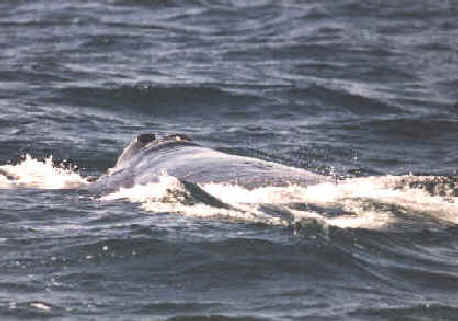
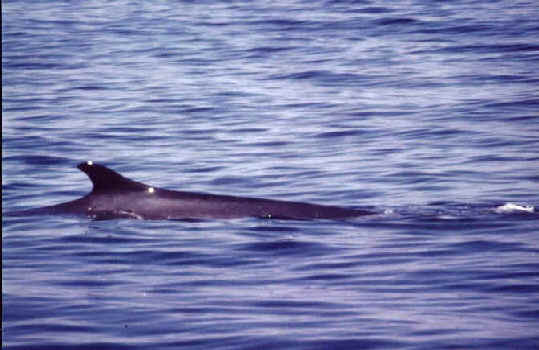
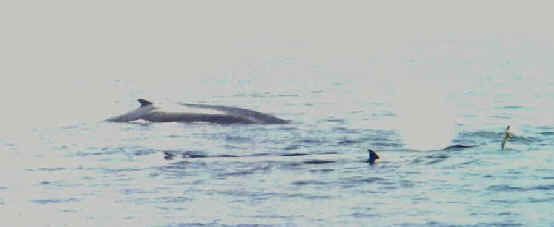
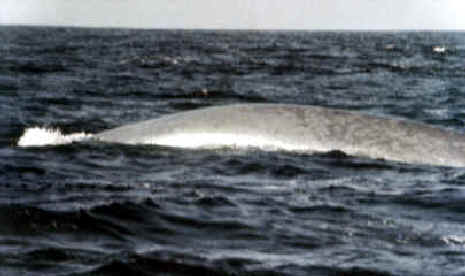

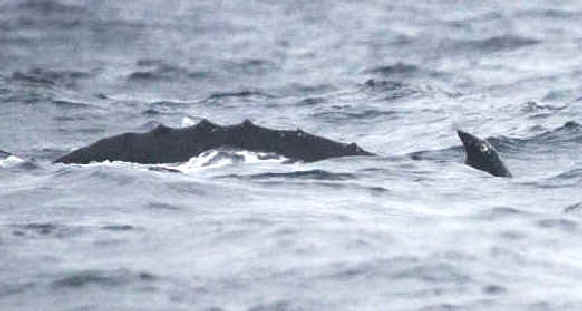
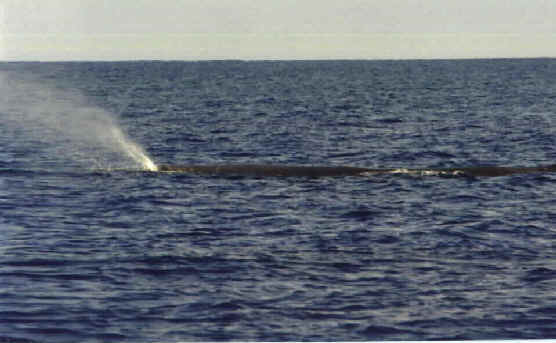
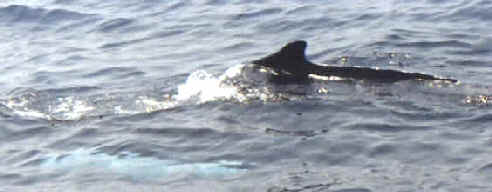
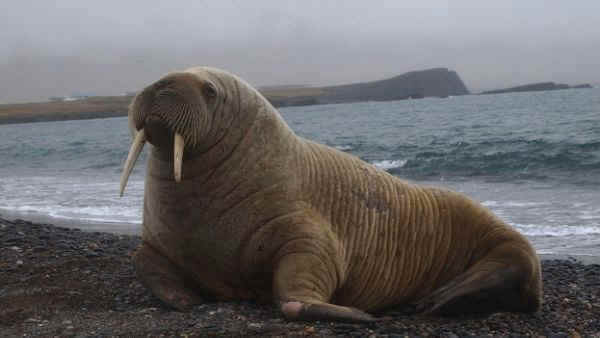
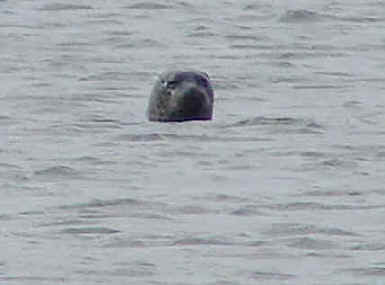
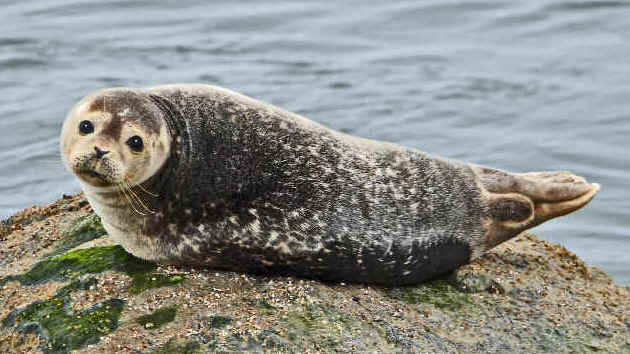
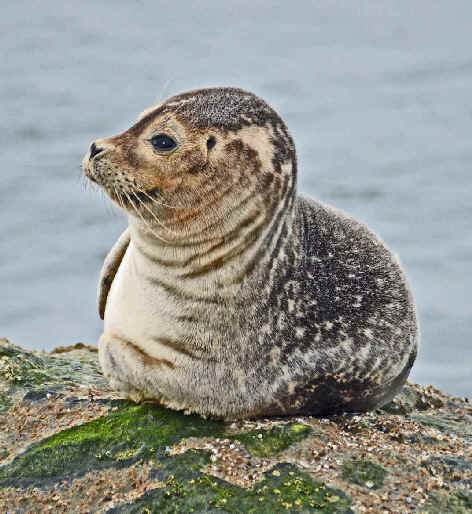
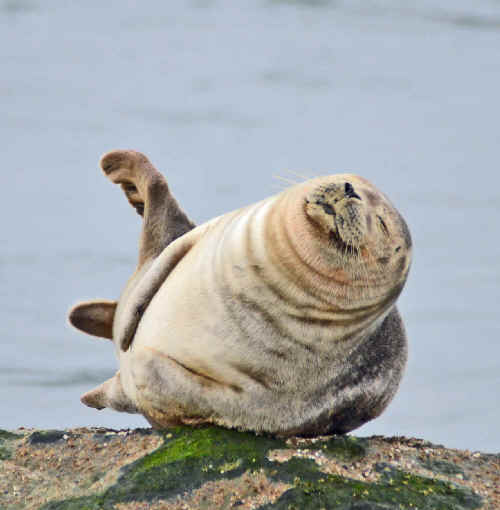

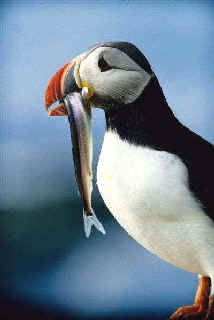
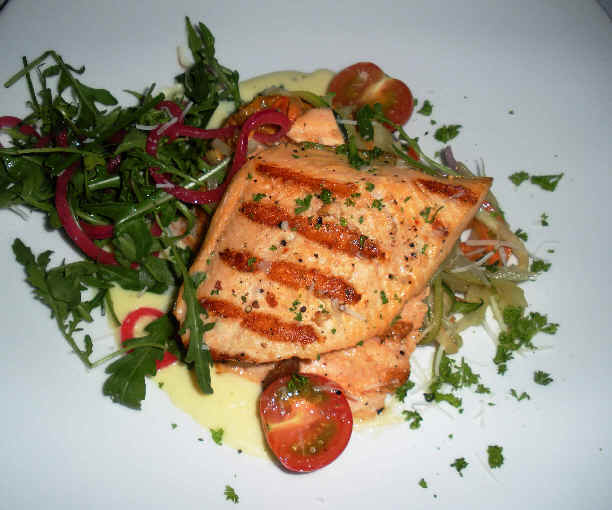
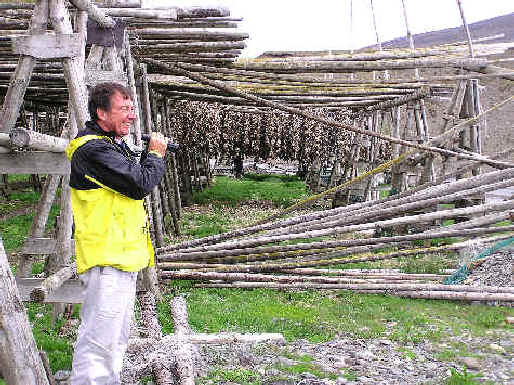
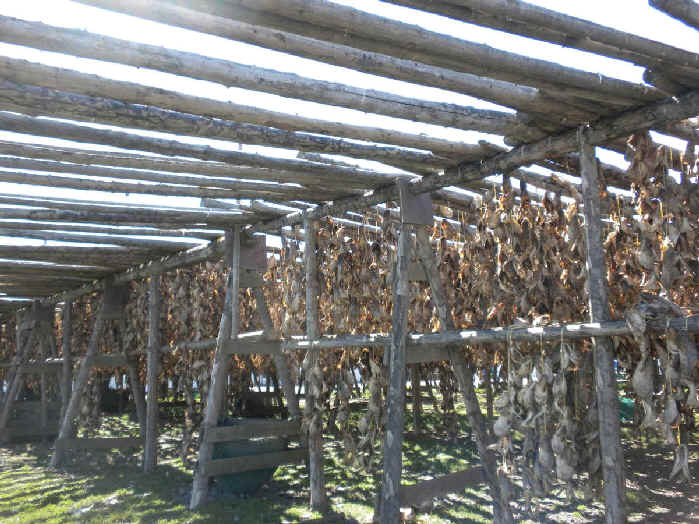
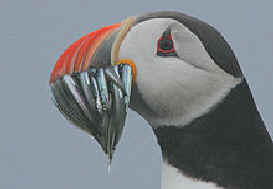
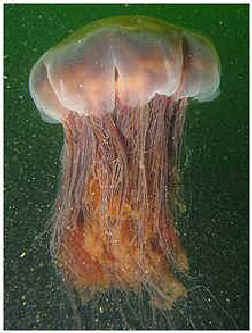
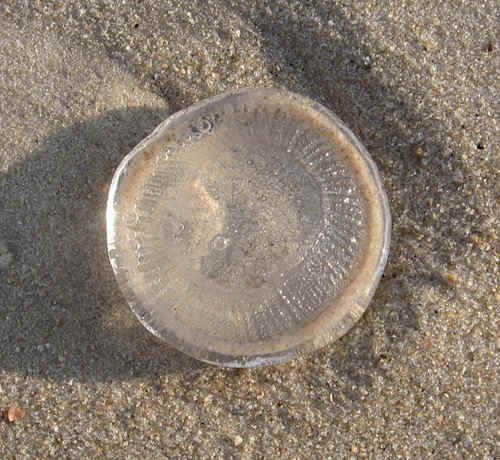

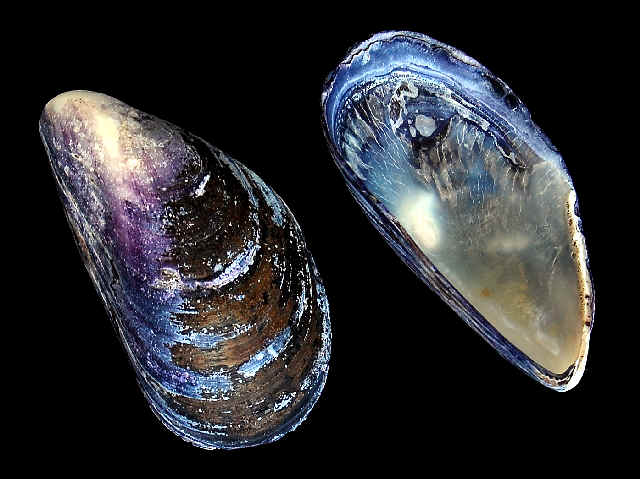
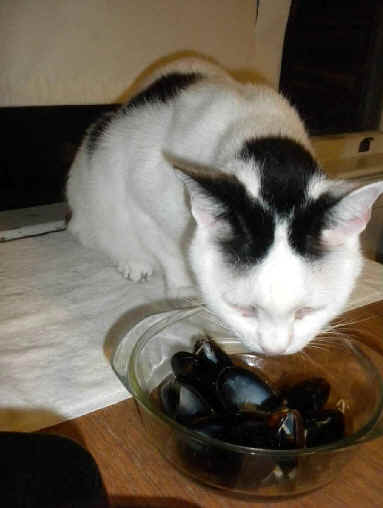
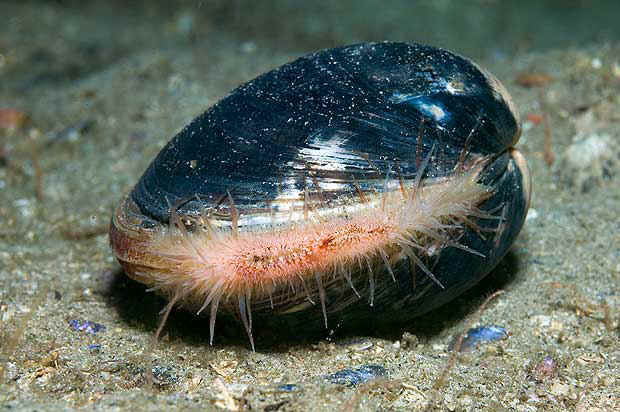
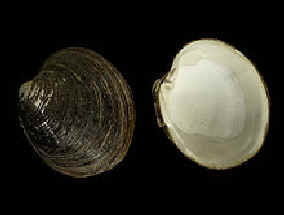
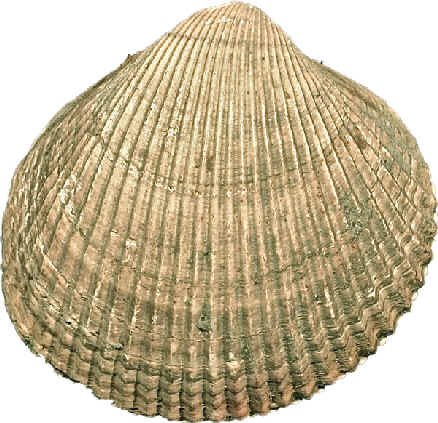
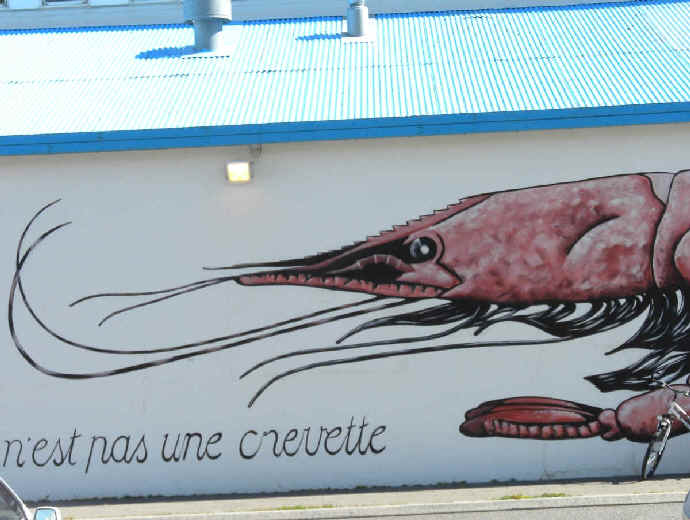
References include:
"Sea Life - A Complete Guide to the Marine Environment", edited by
Geoffrey Waller, with principal contributors Marc Dando & Michael Burchett,
1996.